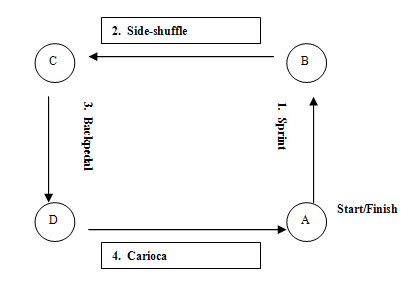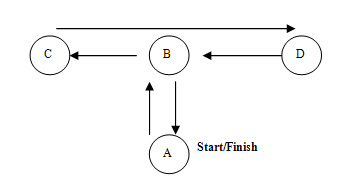
Meet Allan Hoffman, 35 years old, starting weight 555 lbs, uses a wheelchair to get around, has a fractured vertebrae in his lower back and it’s fair to say he had a very difficult childhood. He’s struggled with his weight forever, battles depression and over the past 10 years his weight has gone from 305 to 555 lbs. Talk about having to overcome some challenges! His doctor said he should have gastric bypass surgery to lose the weight. Enter the exerspy and the dotFIT team.
It must have been fate because Allan reunited with a half-brother he never knew he had, who happens to be one of dotFIT’s team members. Allan gets an exerspy, a few phone coaching sessions and starts using the dotFIT Me program to shed the weight. With his physical limitations, we had to start slow. Fast forward three months and he’s dropped 62 pounds. Here’s the strategy we used:
1. Identify WHY you want to lose so you stick to the process. Allan’s motivation was twofold – 1) meet his biological father face-to-face for the first time this summer and 2) see his 6 year old son graduate from high school. He keeps a picture of his son on his computer to keep him focused.
2. Set realistic and achievable goals. Allan’s ultimate goal is to weigh 210 lbs so we set him up to lose 2-3 pounds a week.
3. Give him visible targets to hit daily so he sees progress every day. Using the dotFIT Me program an exerspy – his daily calorie burn target was approximately 4300 calories (remember, the heavier you are, the more you burn). His daily calorie intake goal was about 2800 calories. When he hits those targets, he loses weight. Period.
4. Log everything you eat. Becoming conscious of what goes in your mouth is the first step towards making better decisions and Allan was prone to mindlessly eat.
5. Increase physical activity. Do upper body exercises using cans for hand weights and leg lifts as he sits in his wheelchair. Work up to 5 minutes of physical activity per day. The exerspy tracks this so he knows whether he reaches this daily goal.
6. Eat more fiber-rich foods. Get 25 grams a day to start and track in using the online food log.
As you can see – a few simple adjustments repeated over time has produced AMAZING results. No diets. No drastic workouts or magic cleanses. Just practical changes anyone can do and a bit of encouragement and guidance along the way.
Registered Dietitian for dotFIT
To find out more about the dotFIT difference, contact us at any of our desert area fitness centers.




